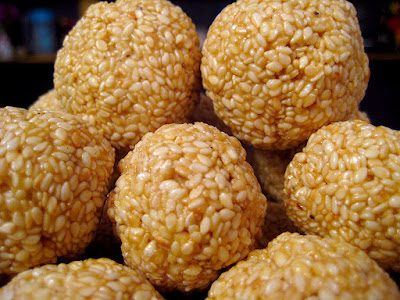The Indian Festival "Makar Sankranti"
Makar Sankranti is a Hindu festival celebrated in various parts of India and Nepal, marking the transition of the Sun into Capricorn. Makar Sankranti is determined by the solar cycle and corresponds to the astronomical event of the exact moment the Sun enters Capricorn and is celebrated on a day that usually falls on January 14 according to the Gregorian calendar, but in leap years it is celebrated on 15 January. The date and time of Makar Sankranti correspond to the sidereal time (when the Sun enters) of Capricorn. It marks the end of the winter solstice and the beginning of longer days. Many native multi-day festivals are organized across India on this occasion.
Makar Sankranti is an important pan-Indian solar festival known by different names, although it is celebrated on the same date, the festivities associated with Makar Sankranti are known by different names, including Pongal in Tamil Nadu, Pongal in Kerala, Makar Sankranti, Magh Bihu in Assam, Uttarayan in Gujarat and Uttar Pradesh, Maghi Saji in Himachal Pradesh, Maghi Sangrand in Punjab, Maghi Sangrand or Uttarayan (Uttarayan) in Jammu, Sakrat in Haryana, Sakrat in Rajasthan. It is called "Makar Sankranti" in Maharashtra, Sukra in Central India, Ghughuti in Uttarakhand, Dahi Chura in Bihar, Makar Sankranti (also known as Paush Sankranti or Mokor Sonkranti) in Odisha, Karnataka, Maharashtra, Goa, West Bengal. , Uttar Pradesh (also called Khichidi Sankranti), Uttarakhand (also called Uttarayani) or Sankranti or Pedda Panduga in Andhra Pradesh and Telangana, this festival is also celebrated outside India. For example, it is known as Maghe Sankranti in Nepal, Songkran in Thailand, Thingyan in Myanmar, and Mohan Songkran in Cambodia. In Mithila of India it is known as Til Sakrat and in Kashmir it is known as Shishur Senkrath. On Makar Sankranti, Surya (Hindu solar deity) is worshiped all over India along with Vishnu and Goddess Lakshmi.
Magh Mela is mentioned in the Hindu epic Mahabharata. Every twelve years, Hindus celebrate Makar Sankranti with the Kumbh Mela – one of the world's largest mass pilgrimages, attended by an estimated 60 to 100 million people. In this event, they offer prayers to the Sun and take a bath at the Prayagraj Sangam of the rivers Ganga and Yamuna.
Highlights of Makar Sankranti:
Holy Dip: Take a holy dip in rivers, especially Ganga, Yamuna, Godavari, Krishna and Kaveri during Makar Sankranti. It is believed that bathing brings virtue or freedom from past sins. Pilgrims gather at various holy rivers to bathe and offer prayers.
Special Food: Different regions of India celebrate festivals with different special dishes. In some places, sweets made of sesame seeds and jaggery are prepared, while in others, dishes called "til-gur" (made of sesame and jaggery) are exchanged among friends and family as a gesture of goodwill. goes.
Kite Flying: One of the most popular traditions associated with Makar Sankranti is kite flying. People engage in friendly competitions, trying to cut each other's kites from threads coated in a mixture of glue and powdered glass.
Makar Sankranti is not just a Hindu festival but is celebrated by people of different communities and religions all over India. It symbolizes the transition from darkness to light and is considered a time of renewal, positivity and prosperity.
_in_Bangladesh.jpg)






.jpg)
No comments